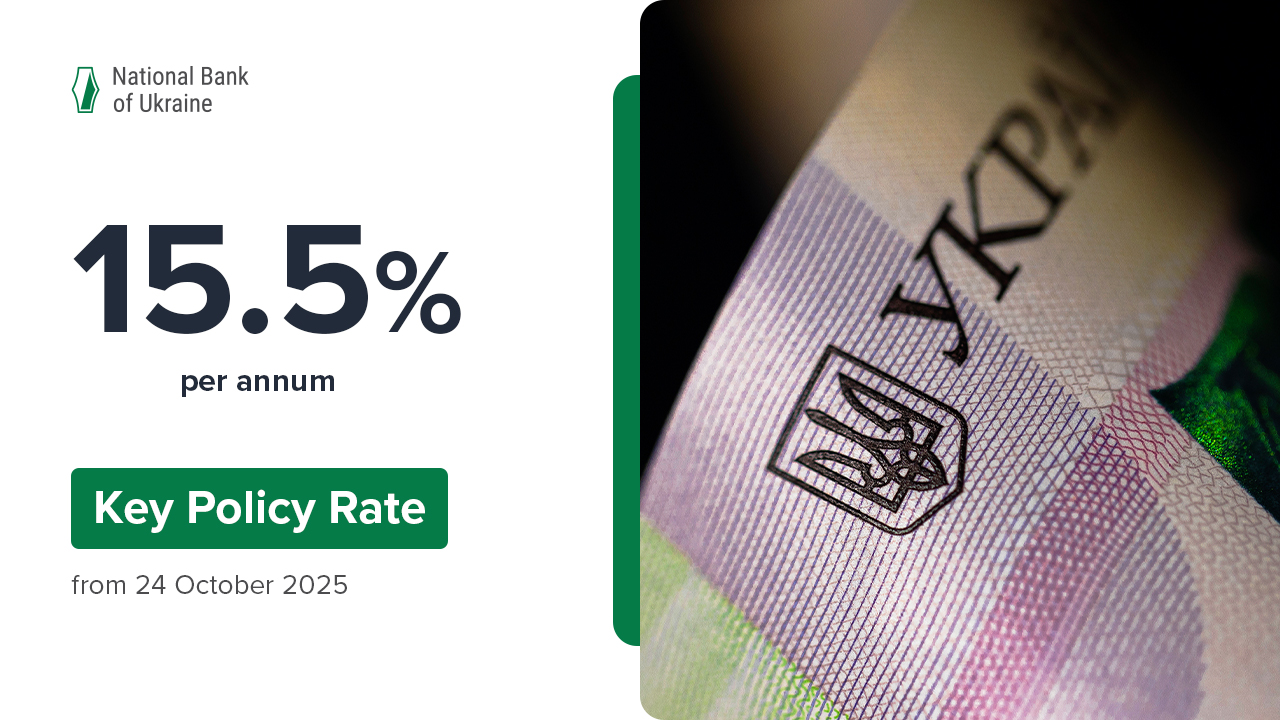The regular quarterly survey of enterprise presidents/managers on their assessment of the current and future business activity, inflation expectations and economic outlook for the country was conducted in May 2013.
These results only reflect opinions of the respondents, heads/managers of Ukrainian enterprises, which were polled in May 2013, and shall not be considered as NBU forecasts or assessments.
According to the survey results, most respondents expect the production output to remain unchanged over the next 12 months.
Inflation expectations have reached an all-time low. The respondents continue to refer to an increase in production costs as the major consumer price driver.
The respondents gave a better assessment to the current financial and economic standing of their enterprises: the balance between the assessments “good” and “bad” was 1.9% against 0.2% in Q1 2013. The respondents reported an increase in stocks of finished goods, which had put downward pressure on prices.
The respondents positively assessed the prospects for their enterprises’ development in the next 3 and 12 months. The business outlook index (BOI) decreased insignificantly to 114.1% versus 118.7% in the previous quarter, as a result of slightly lower expectations concerning improvement in the financial and economic standing of their enterprises and sales growth over the next 12 months.
The respondents expect deceleration of purchase and sales prices growth for the second quarter in a row. According to the respondents' assessments, production costs will grow at a slower pace. Higher energy as well as raw material and supplies prices are most often referred to as the main sales price drivers.
The respondents feel a stronger need to borrow in the next 3 months. The proportion of respondents that plan to take out bank loans has slightly decreased due to seasonal factors. The proportion of respondents that plan to take out hryvnia loans has increased.
Overall, 1,258 enterprises from all regions of Ukraine, representing the economy by main types of activity, patterns of ownership, size and staff number, were polled.







